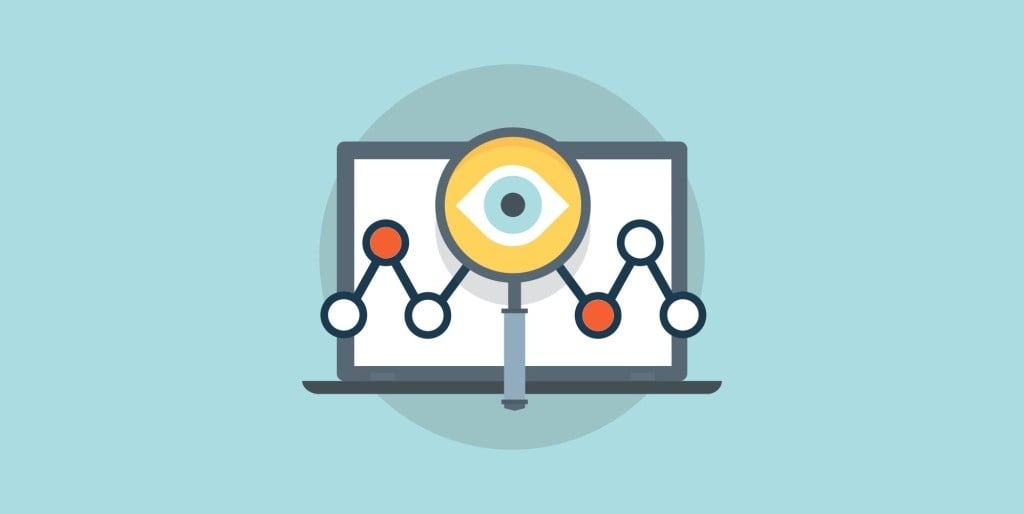In all of the myriad articles and advice on productivity, there is one evil lurking in our activities, one activity that when mastered, opens the door to potential productivity paradise. When it comes down to it, distractions (or lack thereof) are the real crux of working better. They’re a big culprit behind one of the worst productivity destroyers of the work day: context switching.
What Is Context Switching?

In its simplest form context switching is jumping between various, unrelated tasks. Even if you’re lucky enough to work from home, context switching is probably still sidetracking your productivity in other ways.
While context switching is a form of multitasking, consider it the evil sibling of the traditional form of multitasking you’re used to. This isn’t about distractedly trying to answer emails during a conference call. As the American Psychological Association points out, there are three types of multitasking:
- Classic multitasking: Trying to perform more than one task at a time.
- Rapid task switching: Going from one task to another in quick succession.
- Interrupted task switching: Having to switch from one task to another, before the first task is complete; the mother of all time sucks.
Interrupted task switching is particularly bad because it can be the most distracting, is most controlled by external factors and, despite arguably being the worst, is the one most people aren’t even aware exists.
What Does It Cost Us?

Unfortunately, the time and productivity lost due to task mismanagement is profound. According to Inc., the estimated cost of lost productivity due to multitasking is $450 billion, and the costs to the individual are just as dire.
Among them:
- We spend an average of just 1 minute and 15 seconds on a task before being interrupted.
- It takes an average of 25 minutes to resume a task after being interrupted.
- Heavily multitasking can temporarily lower your IQ by up to 15 points.
That’s right, it’s literally making us dumber.
And this infographic doesn’t even touch the stress that comes from context switching; how much of your day is filled with anxiety from feeling like you’re constantly paddling to keep your head above water as you frantically swim against the current of Rushed Workday River?
So, how can it be avoided?
Play The Matching Game

Part of the reason task switching is so difficult is that it’s hard to focus on one subject, and then quickly switch to a completely different one. To ease this harsh transition, try to group similar tasks and projects together on your schedule:
Schedule all of your meetings on the same day(s) or two of the week:
Meetings are, unfortunately, a necessary evil for most of us, but they are also a major task switching culprit. Mattan Griffel, CEO of One Month, an online education school for tech entrepreneurs, has a strict policy of scheduling all of his meetings on Wednesdays. As he puts it, “The net result of doing meetings one day per week is having long, uninterrupted blocks of time during the other days that lets you be incredibly productive.”
Organize similar categories of tasks and projects together on your schedule:
Let’s say some of your regular tasks include scheduling social media posts, and answering social media users online. Group those tasks together since they all involve social media. Research shows that “batching” like-minded tasks makes us able to tackle more initiatives, and finish them.
Triage Your Email

Let’s be honest, email is one of the biggest distractions of our day. As the Harvard Business Review points out, you shouldn’t use your email inbox as a task list. Email is probably contributing to more task switching than you realize. That’s why you need to schedule email triage time.
Twice a day, schedule 15 minutes of “Email Triage” time. Go through your inbox and forward all new messages to a list on a Trello board labeled ”Email Triage.” Once the emails are on the Email Triage board, they’re organized the following way: if they pertain to a project that already has its own Trello list, they’re moved there, if they pertain to anything else, they get moved to a “To Do” Trello list.
Oh, and don’t be one of Pavlov’s dogs. Phone notifications and desktop notifications distract you, even if you don’t check them. Admit it, even if you ignore the notification and keep working, in the back of your mind, a little FOMO anxiety is creeping in.
Don’t just silence your phone notifications, flip your phone over so you don’t see the screen notification. Also, close out of email so you can’t see new messages arriving.
Develop Your “Brain Off-Duty” Strategy

On days when task switching is unavoidable, or it happened to you unexpectedly, and your brain has clocked out and declared itself “off duty,” fear not: productivity is still possible.
Everyone has tasks that are necessary to do, but don’t require much critical thinking. Tackle those when you realize it’s the best you can do. Focusing on a mundane task actually centers your brain, and allows you to start thinking more clearly again. As Kevan Lee of Buffer says, “You have to eat a lot of frogs. It’s easier if you start breaking them into tadpoles.” Touche.
The external, often unplanned, forces that waylay your productivity will never stop, but it is possible to control things on your end to make them work better for you, rather than against you.
Good or bad, we’d love to hear your thoughts. Find us on Twitter (@trello)!






